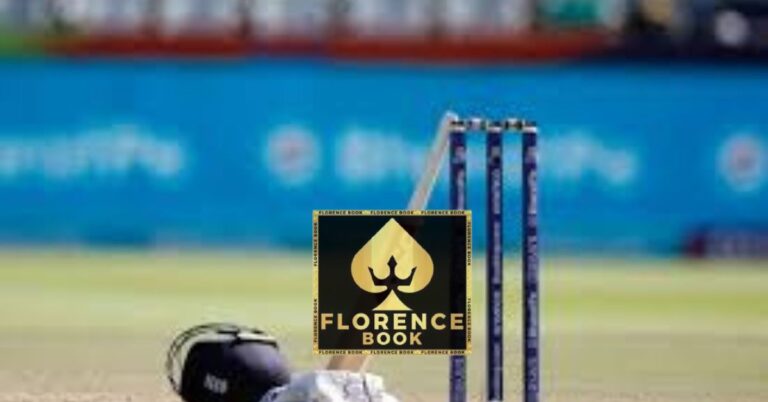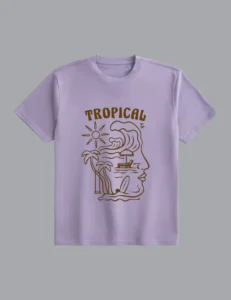It began, as so many lifelong passions do, in the quiet stillness of childhood. The lake was calm; the morning air was cool and the mulberry trees cast long shadows across the bank. In his hands, a boy held a hand-me-down Heddon bamboo fly rod. Its cork handle was worn smooth by years of use. That gift from his father was not just a fishing rod. It was a compass, pointing toward a life that would wind through the rivers of Alaska, the saltwater flats of the Florida Keys, and the deep blue marlin waters of the Virgin Islands. That boy grew into Lawrence Richardson. Decades later, his memoir The Cast would distill those experiences into something more than a collection of fishing tales. It is, at its heart, a reflection on the three distinct stages of a fisherman’s life. It is a philosophy that resonates with anyone who has chased a dream, refined a craft, or learned to savor the journey more than the destination.
The first stage, Richardson recalls, is all about catching as many fish as possible. In his youth, this meant endless summer days stalking bluegill under the mulberry trees. It meant filling his mother’s freezer with trout for the winter. Every cast was a chance to prove something, skill, determination, and an unspoken hope that each fish would be bigger than the last. In The Cast these early years are not presented as simple nostalgia. They are the foundation for everything that followed. These passages show a young angler learning through trial and error. They capture the lessons from older fishermen and reveal the development of instincts that would serve him in far more challenging waters. Readers are drawn in because these moments speak to the universal hunger of youth desire to accumulate experiences, achievements, and trophies.
With time and experience comes a shift in focus. Richardson describes the second stage as the pursuit of truly big fish, the kind that test not only an angler’s skill but also their patience and resolve. In the book, this stage comes alive through thrilling accounts of marlin off the Virgin Islands, bonefish in the Florida Keys, and encounters with the elusive “Black Ghost” in Cabo San Lucas. These are not just records of fish landed. They are narratives rich with the personalities of legendary guides, the camaraderie of shared hardship, and the ever-present uncertainty that keeps seasoned anglers humble. The Cast sets itself apart here. It blends technical detail gear, tides, casting technique with the storytelling craft of an adman who knows how to keep readers turning the page. The result is both an education and an adventure.
Eventually, Richardson writes, a fisherman reaches the third stage: the simple gratitude of being out on the water. Age, injury, or life’s demands may limit the distances traveled or the size of the fish pursued. But the essence remains. In this stage, the cast itself becomes enough. The morning sun on the water, the familiar creak of the boat, and the companionship of old friends matter more than the day’s tally. In The Cast this stage is illustrated with humor and poignancy. There are lunches shared at the “21” Club in New York. There are afternoons in legendary Keys bars. There are quiet moments beside rivers far from any crowd. For readers, whether or not they fish, these passages resonate because they mirror the arc of so many passions. They show the transformation from ambition to appreciation.
Many fishing memoirs offer technical instruction or a log of catches. Few weave a lifetime of angling into a broader human story. The Cast stands apart by combining the sweep of history the “Golden Age” of the Florida Keys, the rise of modern fly fishing gear, the fading of once-pristine waters with the intimacy of personal reflection. Richardson writes with the authority of someone who has fished alongside legends, from Joan Wulff to Ted Williams. Yet he never loses the humility of that boy with the bamboo rod. The book’s strength lies in its range. Readers get high adventure in remote Alaska, barroom lore from the Keys, and heartfelt tributes to friends and guides who shaped the journey.
For anglers, The Cast is an immersion into the craft its techniques, its history, and its colorful characters. For non-anglers, it is a window into a world where skill, luck, and nature’s unpredictability intertwine. The “Three Stages of a Fisherman’s Life” framework gives the memoir a structure that readers can apply to their own passions. These stages speak just as clearly to artists, athletes, and entrepreneurs as they do to fishermen. What would compel readers most is the book’s balance. It captures the thrill of the chase without romanticizing the hardship. It celebrates the people who make the sport what it is. It reminds us that every pursuit, in the end, is about more than the prize. Richardson’s life on the water is, in many ways, a mirror for life itself. We start eager to collect as much as we can. We grow into the pursuit of the rare and difficult. And, if we are lucky, we reach the point where the act is its own reward. Larry Richardson in his book narrates that journey with a richness of detail and a depth of feeling that will keep readers whether fishermen or not coming back for another cast.
- The Three Stages of a Fisherman’s Life and the Memoir That Captures Them All
- Larry Richardson in his book narrates that journey with a richness of detail and a depth of feeling that will keep readers whether fishermen or not coming back for another cast.
- Life,
Related posts:
No related posts.




